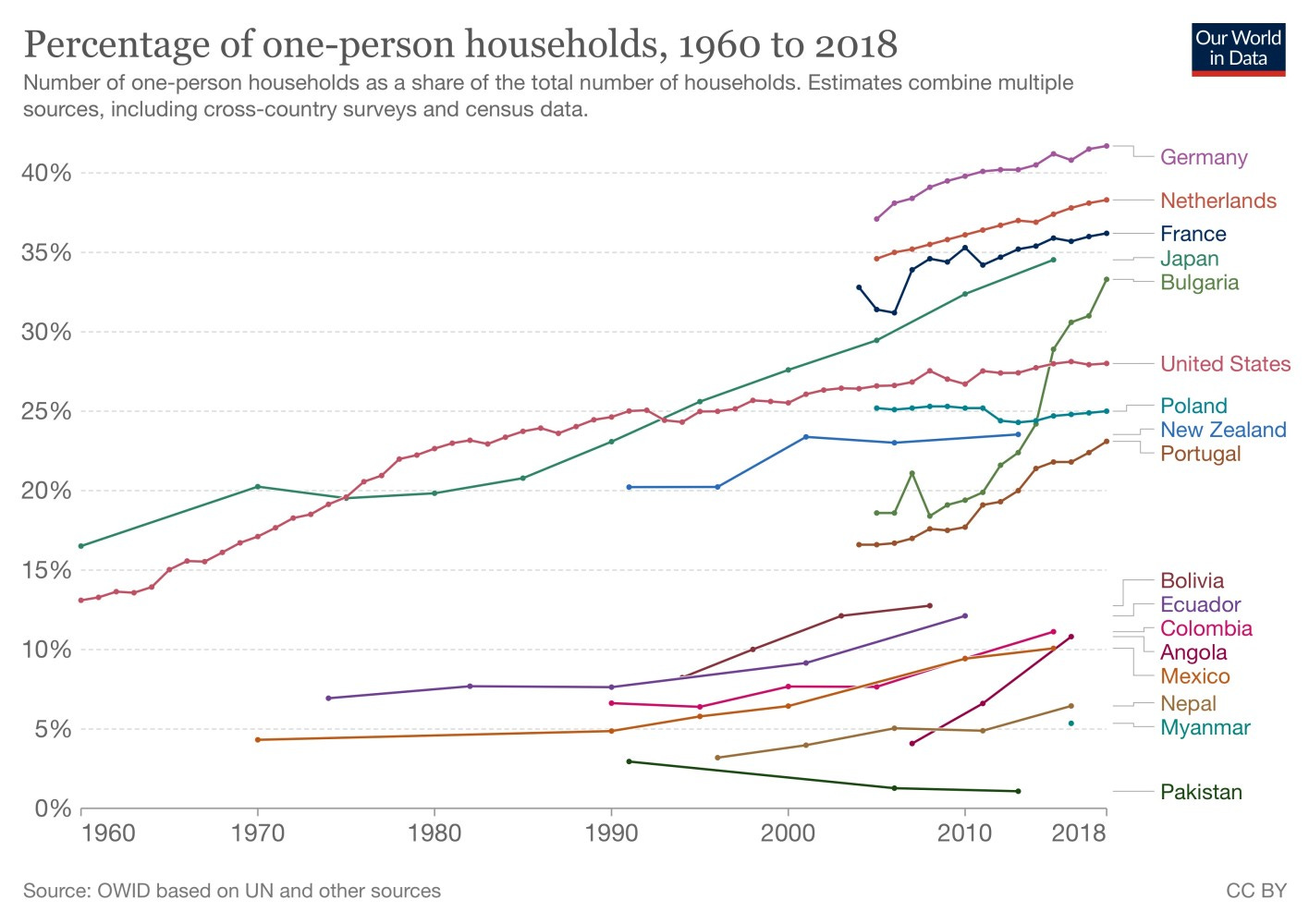How tech has blinded us to designing for people
In the white heat of new technological developments and accelerated pace of product development, industry has become blind to how fast people are changing in who they are, how they live, and what their norms and value are becoming. It is missing opportunities to create new types of design that would speak to future lives and create major commercial value.
Technology has always driven design and directly impacted on the way people live. Two hundred years ago coal powered steam engines lead to trains that brought towns and cities closer to each other. A hundred years later horse drawn carriages were making way for petrol powered cars that brought people even closer. Today digital technologies are driving change in electric vehicle design and how people gain an ever more value from them. And China is supercharging this technological progression in automotive; the world’s largest factory is bent on the making of stuff (with production scale its key metric of success) mostly for a local market clamouring for the newest technologically enabled products and services.
But the rate of technological ‘push’ across the world has become so front-of-mind for the car industry and designers that they are not noticing how fast their customers are changing too. Although one can see how far technology has come in a short time, it is harder to see the rate of change in people’s identity, lifestyle, and in their norms and values — people are intangible in a way that technology, and the stuff it enables, isn’t.
Another reason that the consideration of people and how they live and think has become an overlooked as a driver of design, is that the growing imperative to develop new products faster leaves most automotive designers little time to think about anything other than their design programmes’ immediate technical specifications, competitor benchmarks, and price related cost targets. Regardless of designers’ intension or ability to think about the future customer, they literally can’t.
‘Tech’ does not inherently come forth to satisfy peoples’ needs or wants or desires
Whilst ‘technological push’ has, is and will be a key driver of how we live and what is designed, it is divorced from people. At best new technological developments are ingeniously adapted to products and service that are valuable to people — but ‘tech’ does not inherently come forth to satisfy peoples’ needs or wants or desires. ‘Consumer pull’ on the other hand does just that: the unmet opportunities that sit within who people are, what they do, and how they view the world, ‘pull’ on brands to design solutions to meet them.
So what are examples of significant changes that should be driving design, in who people are, what they do, and their norms and values?
Wealthier than ever before.
In terms of changes in who people are, one of the most marked is how many people are now wealthy people. In 2022 22.5 million people globally were classified as high-net-worth-individuals (those with liquid assets in excess of $1million), up 7.7% on last year (according to Capgemini Global Wealth Report 2022), and twice as many as 10 years ago. This has a spectrum of implications and opportunities that sit around some of the established signifiers of luxury products, such as rarity and timelessness, and also around newer ways that the wealthy seek value from what they have now that they represent a larger proportion of all people.

Living more insularly
With regard to how people are living differently, the way more people are spending more time physically separate from one-another, is a very significant shift. In part due to increases in wealth that means people can afford to have more personal space, but much also due to demographic shifts with smaller family units (and more of these then splitting) and longer life-expectancies, so there are more people living alone. In the US the number of single person households has doubled in 50 years (https://ourworldindata.org/living-alone). And digital communications have unlocked an array of ways people can now spend time alone in work and in leisure, if often digitally connected to others in some form, with COVID further accelerating this insular living trend. This then also poses multiple opportunities for new design typologies to respond to unmet needs and wants.
Caring about environment
Perhaps the biggest shift in people’s values is, and will be, the growing and widespread concern for the environment. The term ‘green’ is as young as fifty years, before then a consideration of the environment just wasn’t a thing. ‘Global warming’ was coined as recently as 1989, with widespread awareness of the relationship of man-made CO2 emissions role in what since 2016 has been recognised as ‘climate emergency’ arguably only a decade old. The groundswell of understanding of the scale and seriousness of the threat to the plant’s eco-system is a huge value shift in society. And it will become far greater yet, along with commensurate implications for design and for the way brands embrace ‘purpose’ in how they behave (Patagonia being a prominent exemplar of bringing brand purpose to both what they do and how this in turn is central to their customer engagement).
These are three examples of some fast moving developments in peoples’ identity, lifestyle, and values are arguably every bit as significant in their potential impact on the future of the automotive industry and design as any new technological development. And there are many others beside them. But how do such changes drive design to be more valuable to people and in turn create commercial success for brands?
Our work at CDR is not focused on market or customer or consumer research, although we survey a huge array of research in this field and also conduct our own dedicated research programmes to inform our client work. This makes us well informed on many facets of how lives around the world have and are and will change, but the core value we bring is to synthesise this, combine with technology trends, and develop future scenarios that speak to mobility, the car industry, and design. These scenarios are connected back to the substantiating people and technology trends, and connected forwards to formative product and service concepts that show tangible future directions that inform and stimulate our client’s creative decision makers (and illustrate business cases). Designers step from these to create solutions that resonate more with people living in the world tomorrow, enabling them to create new market sectors, and to ’steal a march’ on competitors.
By consciously not allowing tech to blind us to designing for people, brands will unlock huge opportunities
Whilst technology evolves faster and enable more solutions than ever before, so people are changing just as fast and are central to the challenges and opportunities these solutions ought to address. Whilst turning a blind eye to new technology would make no sense, there is unparalleled opportunity to more fully embrace designing for how people are and will change in who they are, and how they live and think. By consciously not allowing tech to blind us to designing for people, brands will unlock huge opportunities.




